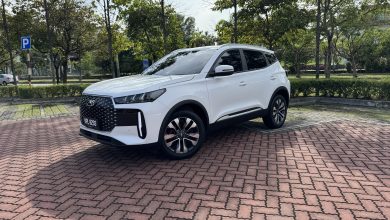Toyota Mirai 2021 model details shared by Toyota Japan
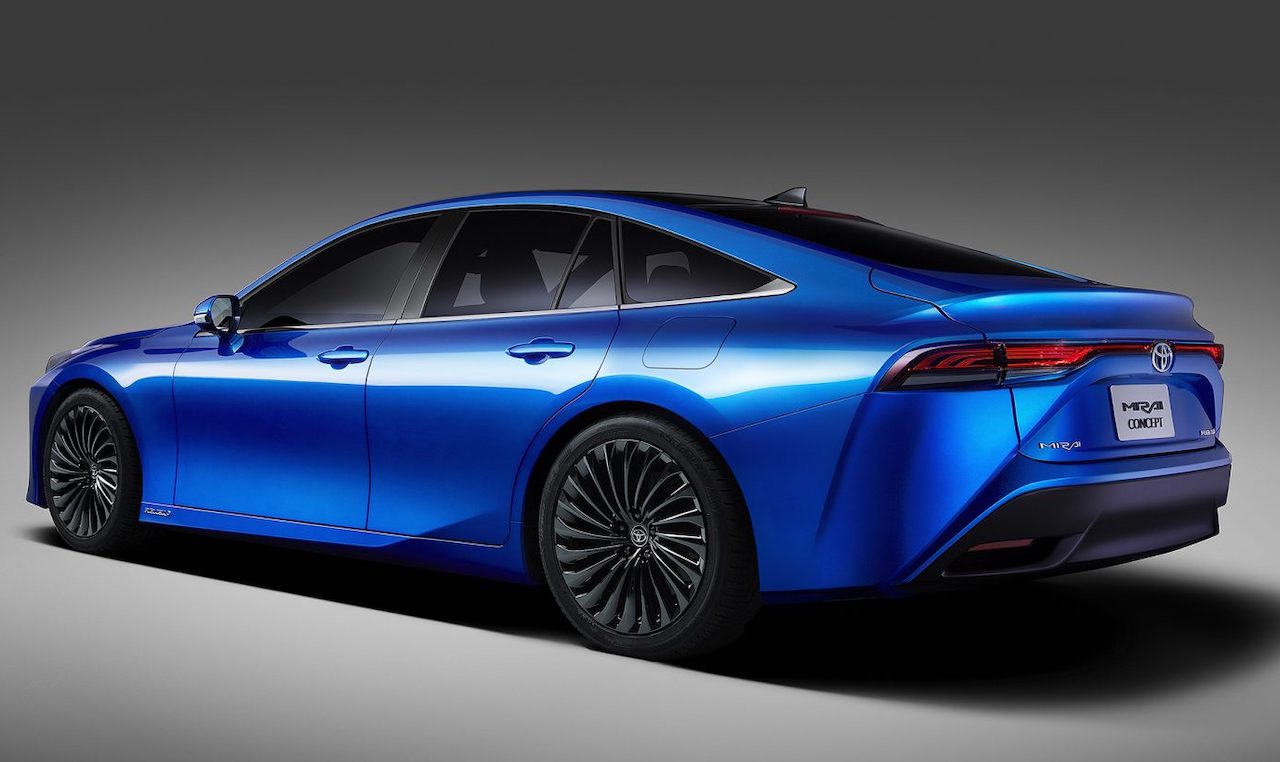
Since the launch of the first generation Toyota Mirai, approximately 10,000 units have been sold in America, Japan and Europe, while Toyota has actively supported the development of the necessary fuel supply infrastructure in key markets around the world.
Toyota Mirai First Generation
At the recent Tokyo Motor Show in October 2019 , Toyota Japan previewed to us the all new version of the Mirai which looked very much like a modded Toyota Camry Hybrid. This new Mirai presentation also shared with us its technical excellence, dynamic performance and the desired driving distance.
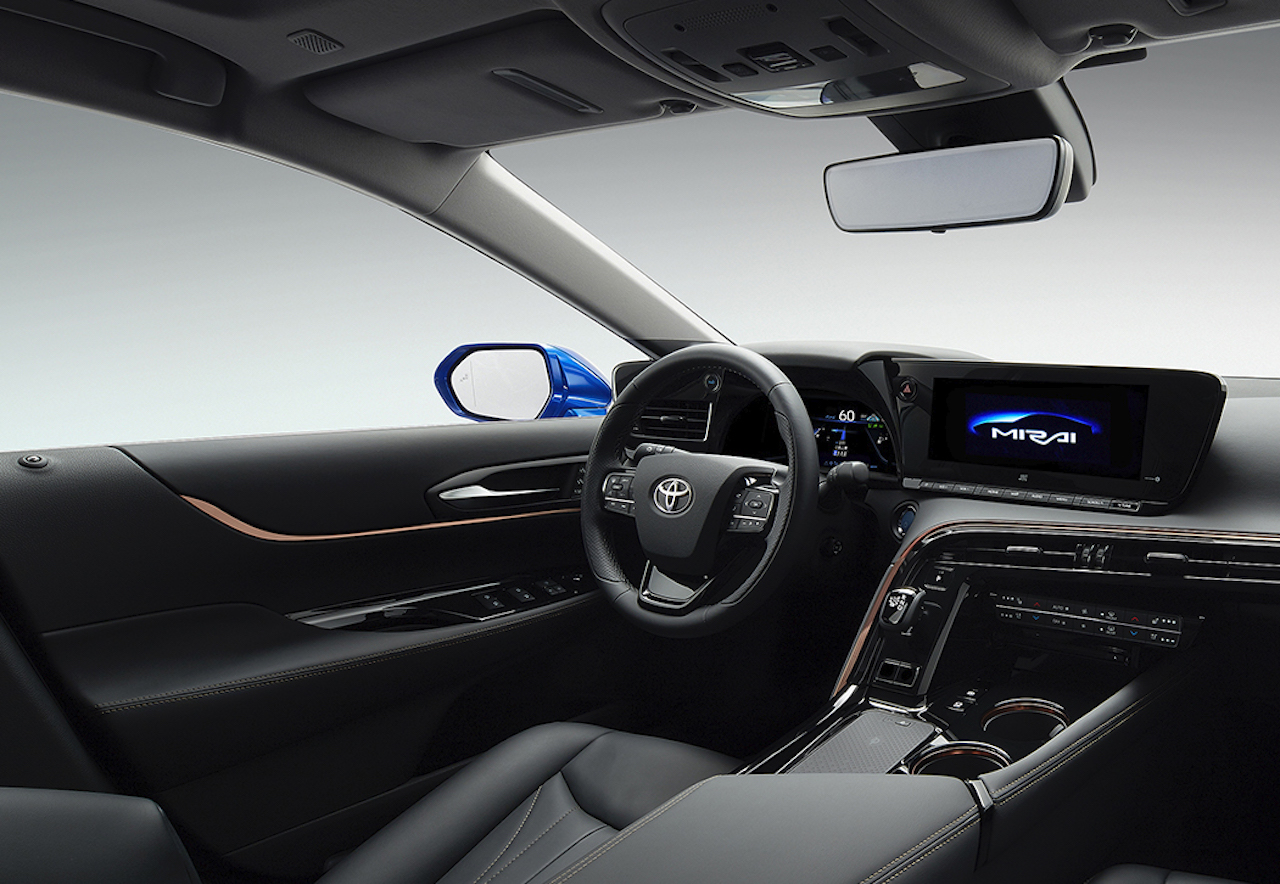
Scheduled for launch in late 2020, initially in Japan, North America and Europe, the new Mirai will be much more than an eco-friendly car, showing how its FCEV technology does not represent a barrier to creating a vehicle that is satisfactory from the point of view. view of management and aesthetics.
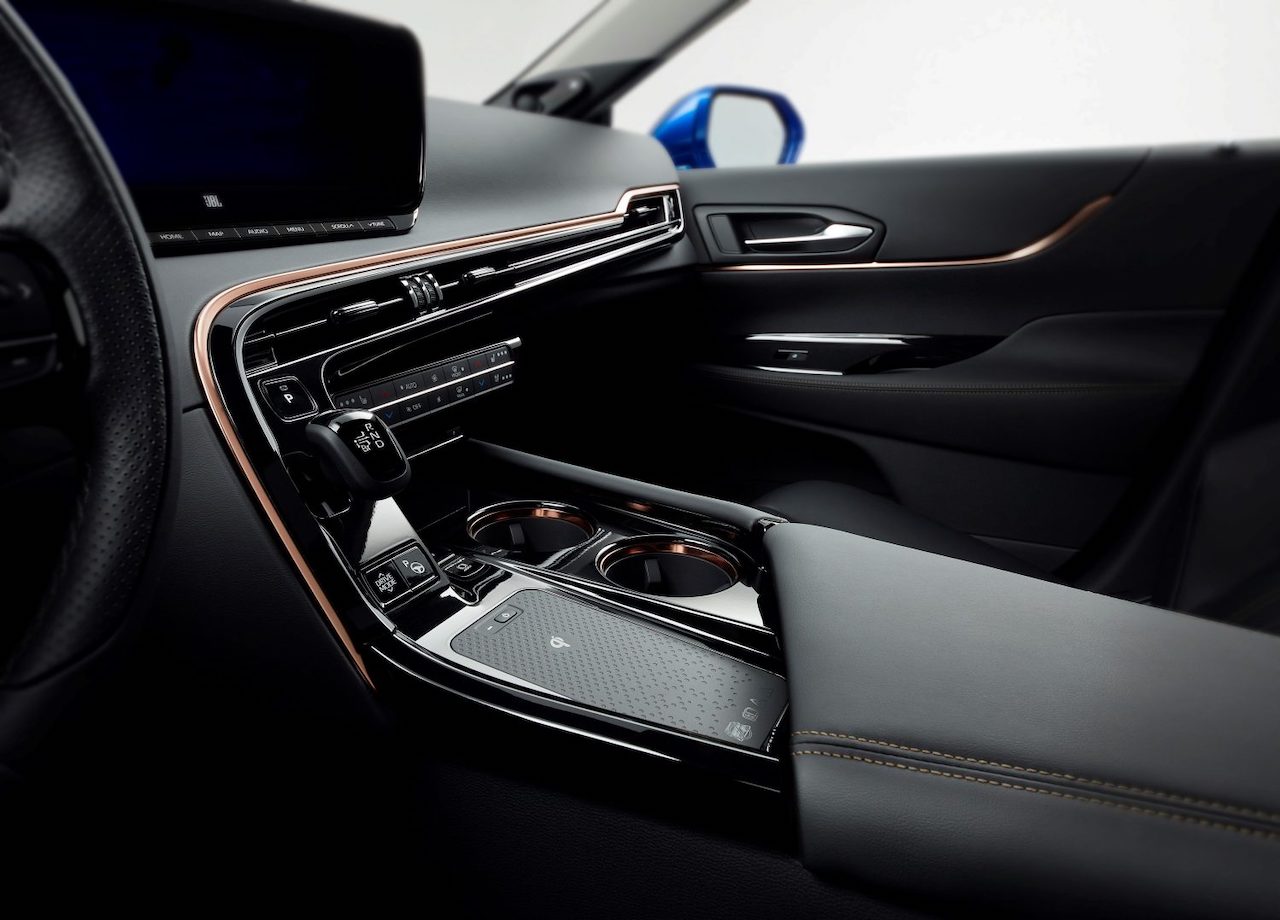
Efficiency is still a critical area, but Toyota promises up to 30% increase in model autonomy, up to 800 km, which is a very good figure for an electric car, by improving its fuel cell-based propulsion system. of hydrogen and the use of larger hydrogen tanks on board.
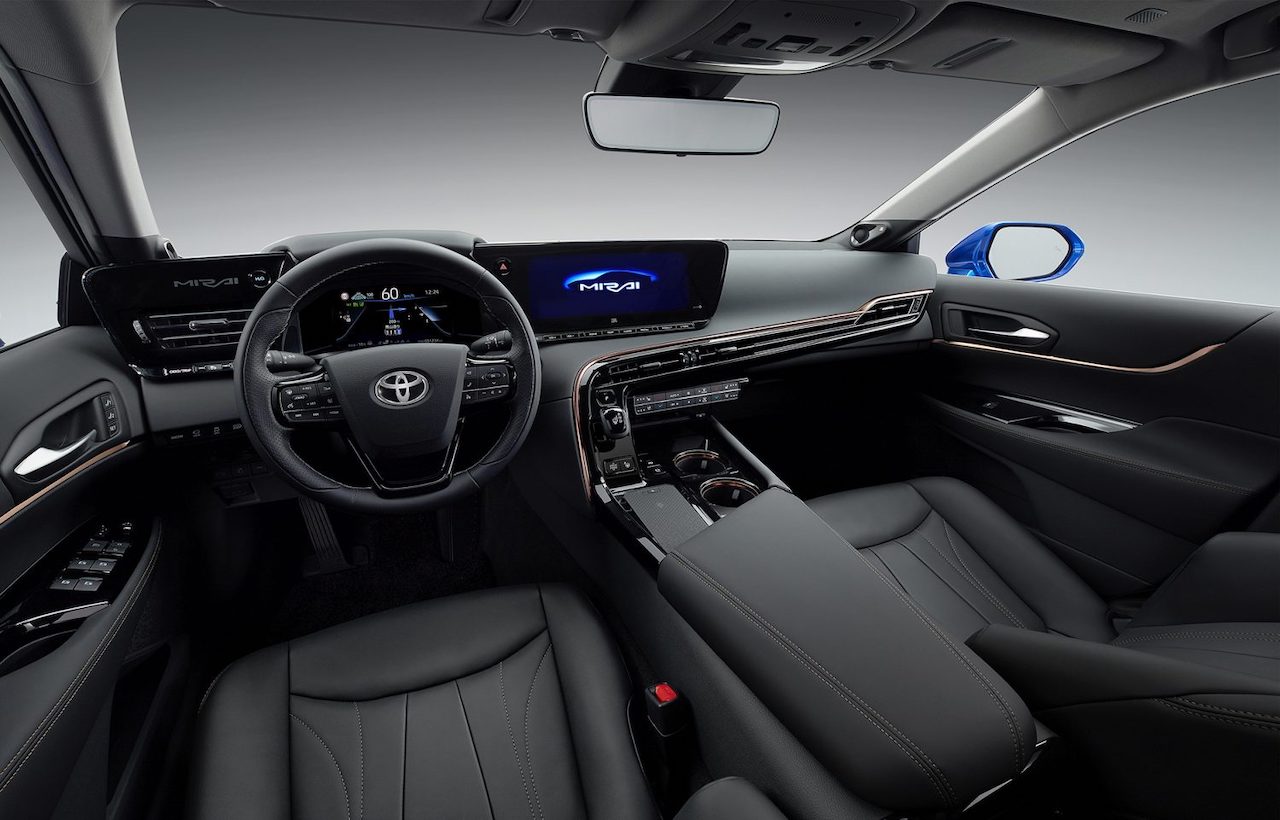
There are now just three in number, one long and two short, which together increase the capacity by about one kilogram of hydrogen compared to the still current model.
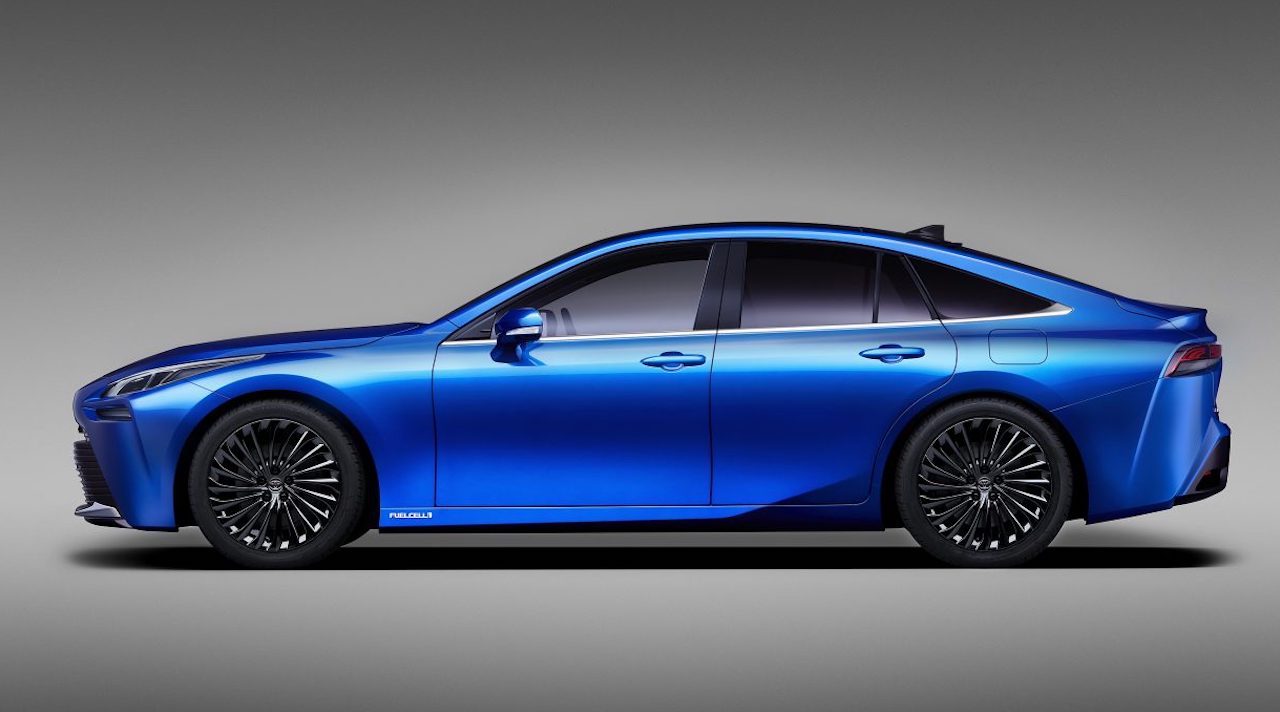
The immediate visual impact of the new Mirai is due to the exterior design, with low lines, elegant proportions, a body as if cut in the front and some large wheels, with a diameter of 20 inches, which together create a strong and distinctive appearance.
This time Toyota confirms the dimensions of the car, which are: 4,975 x 1,885 x 1,470 x 2,920 mm in length, width, height and wheelbase respectively. For comparison, those of the new Camry are 4,885 x 1,840 x 1,445 x 2,825 mm.
The interior of the new Mirai has been designed as a simple, modern space with a warm and comfortable atmosphere, which adds in the sense that this is a car that is really enjoyable to drive and travel. Key features include a 12.3-inch center display and an instrument panel that wraps visually around the driver.
The smart platform and packaging now allow the provision of five passenger seats instead of the four in the current 2014 Mirai.
The freedom to design a more exciting and head-turning design was one of the advantages of the new Mirai, being built on Toyota’s latest modular rear-wheel drive platform, which was designed to accommodate various propulsion systems, including hydrogen. fuel cell from the beginning.
It also gives the new Mirai a higher degree of bodily rigidity, which contributes to greater agility and responsiveness, as well as a lower center of gravity, which results in agile and rewarding maneuverability.
In addition to expanding the potential for autonomy of driving, the performance improvements of the propulsion system give the new Mirai a linear, smooth response to acceleration and an elegant driving sensation. Handling is easy on winding roads, while driving on the open highway produces immediate power at any given driving speed. It will also be interesting to read about the history of Toyota fuel cell technology.



